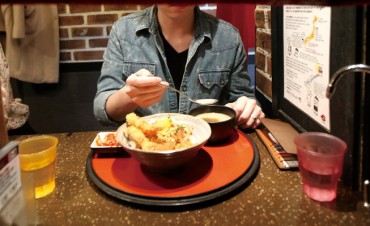
Research has revealed that though dual-income households receive more assistance from the wife’s parents, it is the husband’s side of the family that were given greater economic support. (Image: Yonhap)
SEJONG, Dec. 13 (Korea Bizwire) – Research has revealed that though dual-income households receive more assistance from the wife’s parents, it is the husband’s side of the family that were given greater economic support.
Last year, help from the wife’s side of the family accounted for 19 percent, while the husband’s amounted to 7.9 percent. The figures are a measurement of instrumental support – meaning assistance in tasks ranging from housework and cooking to childcare and grocery shopping.
In the past decade (2006 to 2016), the husband’s parents’ role decreased by 6.1 percentage points, while the reverse was true for his parents-in-law, whose support increased by 2 percentage points to reach 19 percent.
This pattern was also observed among other couples, including single-income households. Instrumental support from the parents of the wife came in at 12.3 percent compared to 6.3 percent from her spouse’s extended family.
Overall, in ten years instrumental support from the wife’s mother and father increased slightly from 15.0 percent to 15.6 percent and lessened from the husband’s parents from 9.0 to 7.1 percent.

The figures are a measurement of instrumental support – meaning assistance in tasks ranging from housework and cooking to childcare and grocery shopping. (Image: Yonhap)
Despite a significant disparity in the amount of aid offered, economic support from the couple went more to the husband’s parents than otherwise, with 30.6 percent offering direct economic support to the husband’s parents as opposed to 24.6 percent who did likewise for the wife’s parents.
This actually represents an increase over ten years for the wife’s parents, with a 7.3 percent rise, while the husband’s parents economic support declined slightly by 0.6 percent.
Over the same time span, the percentage of families living close (within 15 minutes walking distance) to either parents-in-law rose, though the margin of increase was wider for the husband’s parents than for the wife’s, from 8.4 percent to 13.7 percent and 7.3 percent to 9.1 percent, respectively.
S.B.W. (sbw266@koreabizwire.com)






